On the morning of November 21, the Investment Legal Support Forum 2025 (ILS Forum) with the theme "Investment in developing infrastructure of industrial parks (IPs): Updating regulations and recommendations for implementation" organized by the Ho Chi Minh City Investment and Trade Promotion Center (ITPC) in coordination with the Vietnam International Arbitration Center (VIAC) took place in Ho Chi Minh City.
Ms. Cao Thi Phi Van, Deputy Director of ITPC, said that currently, the country has 433 operating industrial parks. Many localities have achieved an occupancy rate of 80%-100%, especially in Dong Nai and the southern provinces. However, many infrastructure investors and manufacturing enterprises still face difficulties in accessing land funds, applying for investment approval, site clearance, implementing green industrial park models or integrated urban-service industrial parks, as well as in applying preferential policies or developing worker housing.
Prof. Dr. Le Hong Hanh, Chairman of VIAC, said that although the demand for investment in industrial zones is very large, investors still face many barriers, especially legal problems in transactions between entities. These bottlenecks can easily lead to disputes, causing damage and reducing the attractiveness of the industrial real estate segment.
Mr. Seck Yee Chung, Vice President of the Singapore Business Association in Vietnam (SingCham Vietnam), said that Singaporean investors are confused between two options: self-investing in infrastructure development or leasing completed land. "The self-investment model like the Vietnam - Singapore Industrial Park (VSIP) brings long-term benefits but the procedures are complicated and lack connectivity. Meanwhile, leasing infrastructure helps speed up implementation but depends entirely on the industrial park investor and the land lease term," Mr. Seck Yee Chung analyzed.
Agreeing, Mr. Sam Conroy, President of the Australian Business Association in Vietnam, emphasized that the lack of suitable land for specialized manufacturing and the lengthy licensing process are reducing Vietnam's attractiveness in the eyes of Australian investors.
Meanwhile, lawyer Bui Van Thanh, Vice Chairman of the Vietnam Industrial Park Finance Association and lawyer Ngo Thi Van Quynh (AN Legal) warned that disputes over site clearance and land lease contracts are increasing. Some industrial parks are slow to clear the site, leaving investors without land to develop; or industrial park investors are slow to complete infrastructure, making it difficult for the management board to attract secondary investors. Even in the case of paying land rent in one go, investors are still at risk of having their land repossessed if they are behind schedule, or facing legal problems due to environmental planning not being consistent with the general planning.
The issue of social infrastructure, especially worker housing, continues to be considered a big "gap". Representative Mr. Jeong Ji Hoon, Vice President of the Korean Business Association in Vietnam, said that out of 4.1 million workers in more than 430 industrial parks nationwide, 70%-80% have to rent spontaneous accommodation in poor conditions. Despite the huge demand, social housing projects - worker accommodation - have not attracted investors because of low profits, slow capital recovery and lack of strong enough incentive mechanisms.
Source: https://nld.com.vn/nut-that-kim-chan-nha-dau-tu-khu-cong-nghiep-196251121215857439.htm








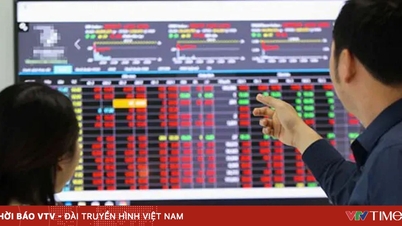



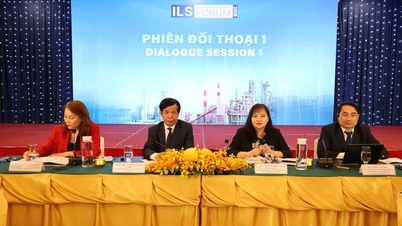


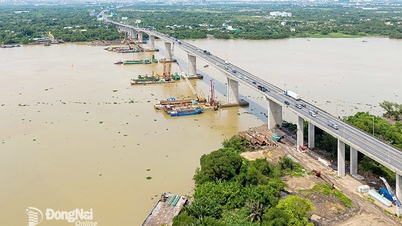









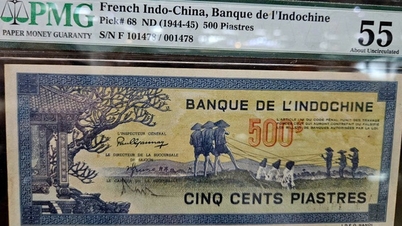
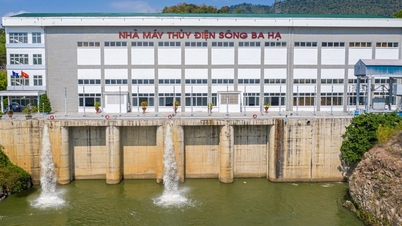








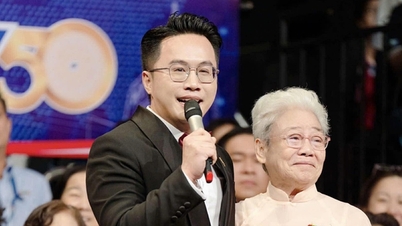








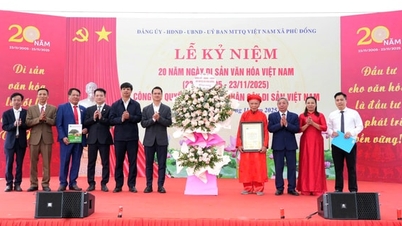





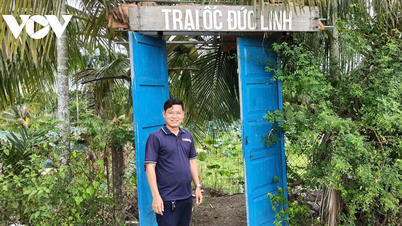

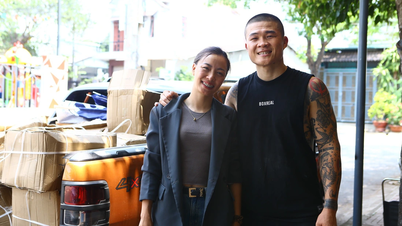

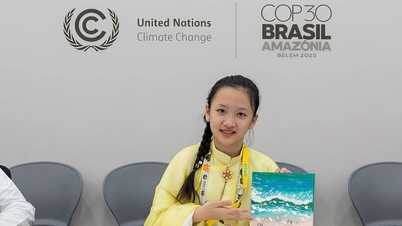


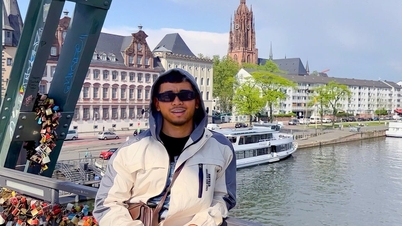

















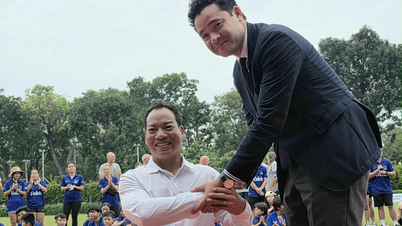




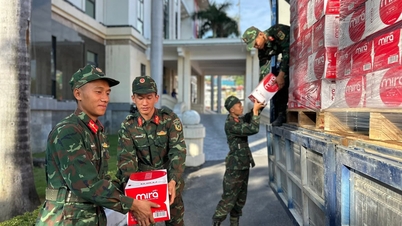
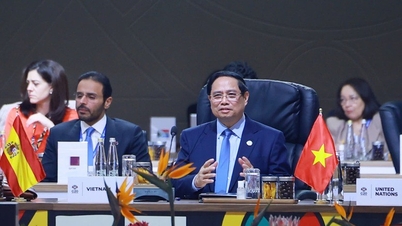








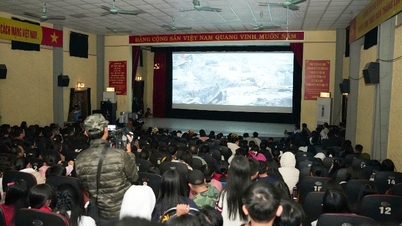

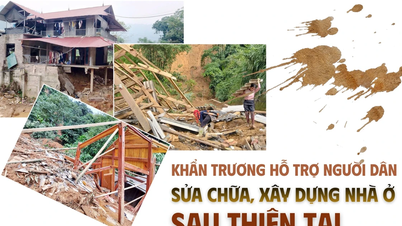




















Comment (0)